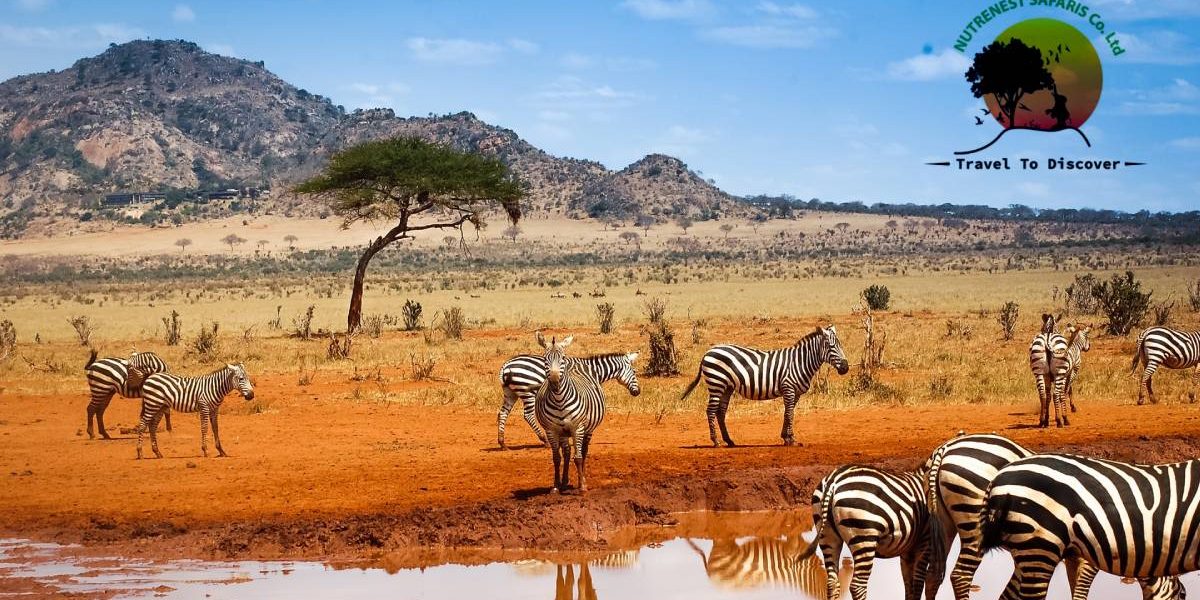A Kenya Wildlife Safari Tour is a mesmerizing experience. The vast savannas, dramatic wildlife encounters, and breathtaking scenery make it an adventurer’s paradise. But timing is everything. Kenya’s diverse ecosystems change with the seasons, influencing wildlife behavior, park accessibility, and overall safari experience. Choosing the right season ensures that you make the most of your journey.
So, when is the best time to visit Kenya’s national parks? Let’s explore how different seasons shape your safari adventure.
Understanding Kenya’s Climate and Seasons
Kenya’s location along the equator keeps temperatures relatively stable throughout the year. However, the country experiences distinct wet and dry seasons that greatly impact wildlife movements.
Kenya’s seasons can be divided into four main periods:
• Long Dry Season (June – October): Peak game-viewing period. Wildlife congregates around waterholes.
• Short Rainy Season (November – December): Lush, green scenery, fewer crowds, and young animals.
• Short Dry Season (January – February): Excellent time for predator sightings and birdwatching.
• Long Rainy Season (March – May): A quiet, budget-friendly time with rich landscapes and dramatic skies.
Each season offers something unique. Whether you’re after the Great Migration, a peaceful retreat, or a birdwatching paradise, there’s a perfect time for you.
June to October – The Ultimate Safari Season
This is the best time for a Kenya Wildlife Safari Tour. The long dry season delivers exceptional game-viewing opportunities. Wildlife becomes easier to spot as animals cluster around water sources. The sparse vegetation makes tracking predators effortless.
Why Visit During This Season?
The Great Migration takes place in Maasai Mara, where millions of wildebeest cross the Mara River.
• Pleasant, dry weather ensures comfortable game drives.
• High predator activity as lions, cheetahs, and leopards stalk their prey.
• Clear skies offer stunning photography opportunities.
Best National Parks for This Season
• Maasai Mara National Reserve – Witness the iconic river crossings and predator chases.
• Amboseli National Park – Spot massive elephant herds with Mount Kilimanjaro in the background.
• Tsavo National Park – Discover large lion prides and Kenya’s famous red elephants.
This season attracts many visitors, so expect higher prices. Booking in advance is recommended.
November to December – The Short Rains and New Beginnings
As the short rains arrive, Kenya’s landscapes undergo a magical transformation. The dry plains turn green, attracting herbivores and their young.
Why Choose This Season?
• Newborn animals mean an increase in predator activity.
• Fewer crowds provide a more intimate safari experience.
• Fresh vegetation enhances the beauty of the parks.
Where to Visit?
• Amboseli National Park – Watch elephants roaming freely through revitalized grasslands.
• Laikipia Plateau – A secluded safari with a rich mix of wildlife.
• Lake Nakuru National Park – Spectacular pink flamingo sightings and thriving rhino populations.
Though some areas experience occasional rain showers, they rarely disrupt game drives.
January to February – Predator Action and Crystal-Clear Skies
This is Kenya’s short dry season, marked by warm temperatures and minimal rainfall. It’s a fantastic time for safari-goers seeking action-packed game drives.
What Makes This Season Special?
• The calving season begins, attracting big cats on the hunt.
• Migratory birds flock to Kenya, making it a paradise for birdwatchers.
• Clear skies and golden sunsets enhance the safari experience.
Top Safari Destinations
• Samburu National Reserve – Home to rare species like Grevy’s zebra and the reticulated giraffe.
• Ol Pejeta Conservancy – A conservation success story with rhinos and chimpanzees.
• Hell’s Gate National Park – Ideal for cycling safaris and walking tours.
This season offers a great balance between excellent game viewing, fewer crowds, and moderate pricing.
March to May – The Green Season and an Exclusive Experience
This is Kenya’s long rainy season. While it may not be the most popular time to visit, it has its advantages. The landscapes are at their most beautiful, and lodges offer the lowest rates of the year.
Why Consider This Season?
• The landscape is lush and photogenic, perfect for scenic photography.
• Parks are less crowded, ensuring a peaceful experience.
• Birdwatching is at its peak, with many species in their breeding plumage.
Best National Parks to Visit
• Maasai Mara National Reserve – Dramatic thunderstorms contrast with golden savannas.
• Aberdare National Park – A misty forested retreat with waterfalls and rare species.
• Meru National Park – A remote paradise with diverse wildlife and fewer visitors.
While some roads may become muddy, experienced guides ensure seamless game drives.
How to Choose the Best Time for Your Safari?
Selecting the right season depends on what you want to experience. Ask yourself:
• Want to witness the Great Migration? Plan your trip between July and October.
• Prefer a quiet, budget-friendly safari? The green season from March to May is ideal.
• Interested in birdwatching? Visit between November and February.
• Looking for predator action? Travel in January or March during the calving season.
Kenya’s national parks offer incredible experiences year-round. Your choice depends on your interests and expectations.
Plan Your Dream Safari with Nature Nest Safaris
No matter the season, Nature Nest Safaris ensures a tailor-made adventure. Whether you dream of witnessing the Great Migration, exploring the untamed wilderness, or capturing rare bird species, we design the perfect Kenya Wildlife Safari Tour for you.
Book your safari today and experience the wild heart of Africa like never before!





